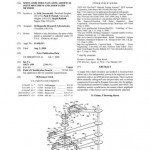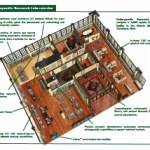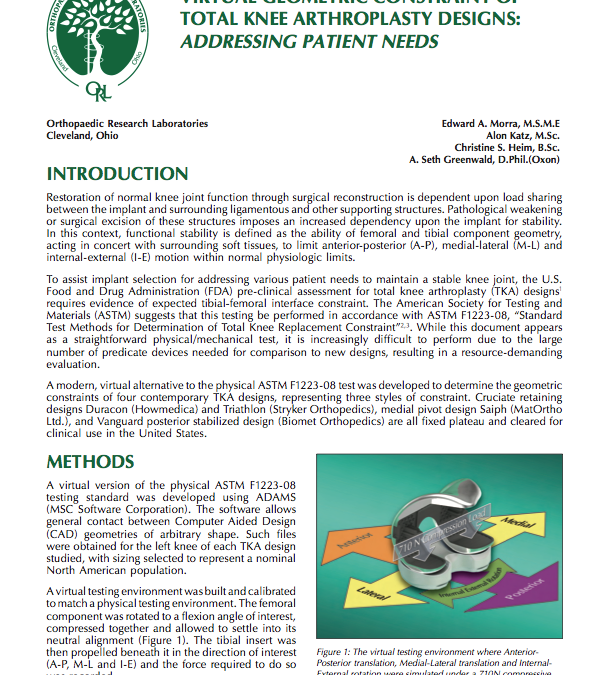
by ARC | Apr 7, 2016 | Knee
Restoration of normal knee joint function through surgical reconstruction is dependent upon load sharing between the implant and surrounding ligamentous and other supporting structures. Pathological weakening or surgical excision of these structures imposes an...
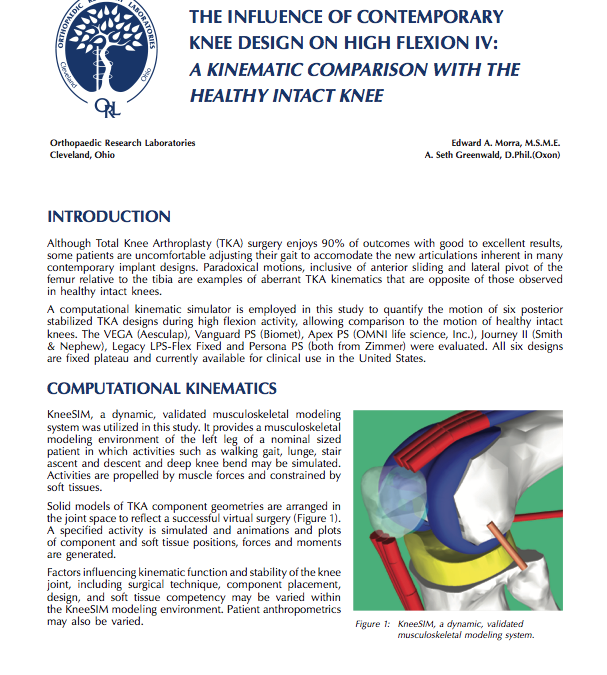
by ARC | Mar 8, 2015 | Knee
Although Total Knee Arthroplasty (TKA) surgery enjoys 90% of outcomes with good to excellent results, some patients are uncomfortable adjusting their gait to accommodate the new articulations inherent in many contemporary implant designs. Paradoxical motions,...
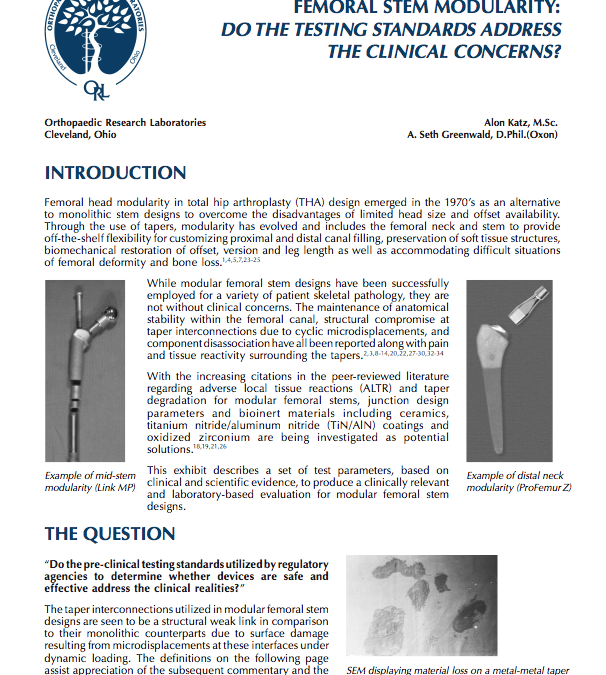
by ARC | Nov 8, 2014 | Hip
Femoral head modularity in total hip arthroplasty (THA) design emerged in the 1970’s as an alternative to monolithic stem designs to overcome the disadvantages of limited head size and offset availability. Through the use of tapers, modularity has evolved and includes...
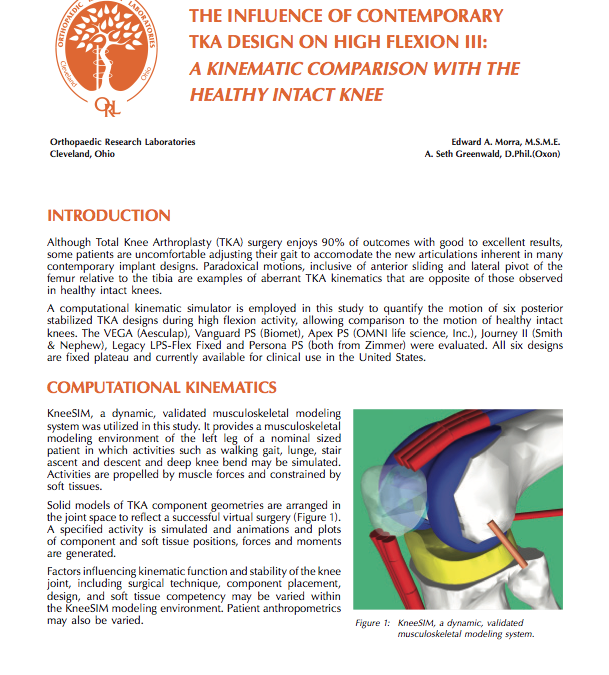
by ARC | Mar 8, 2014 | Knee
Although Total Knee Arthroplasty (TKA) surgery enjoys 90% of outcomes with good to excellent results, some patients are uncomfortable adjusting their gait to accommodate the new articulations inherent in many contemporary implant designs. Paradoxical motions,...
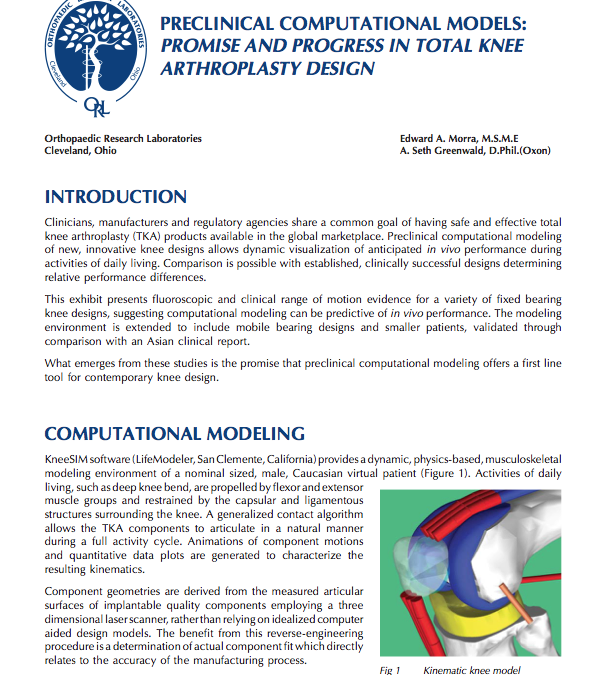
by ARC | Mar 8, 2012 | Knee
Clinicians, manufacturers and regulatory agencies share a common goal of having safe and effective total knee arthroplasty (TKA) products available in the global marketplace. Preclinical computational modeling of new, innovative knee designs allows dynamic...







